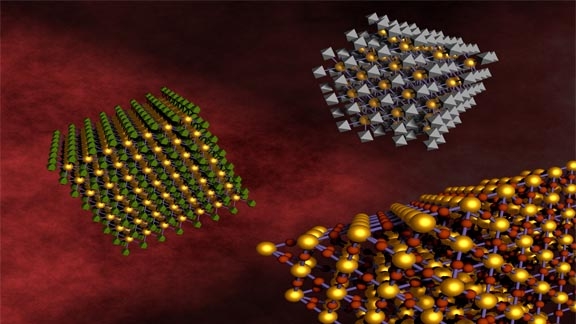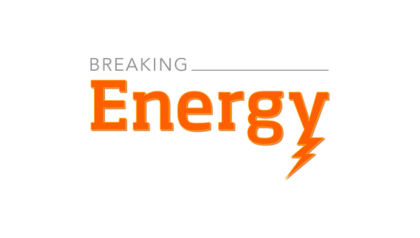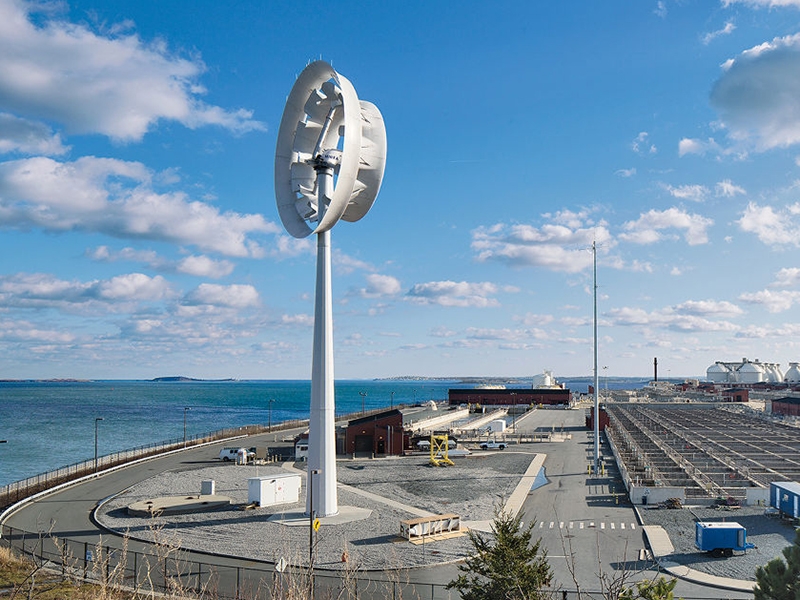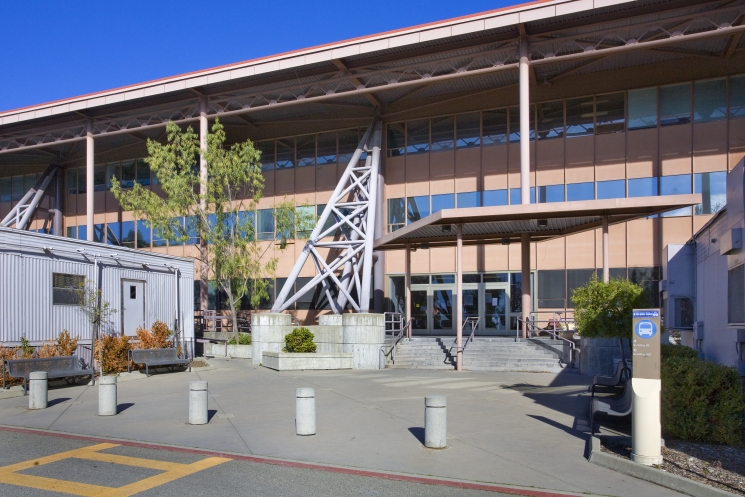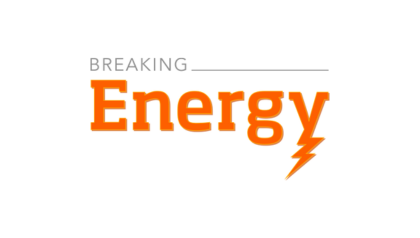DNA may be history’s most successful matchmaker. And recently, researchers at the Energy Department’s Brookhaven National Laboratory coupled the complementary chemistry of DNA with some serious science savvy to create a new method for pairing up particles; a technique that may lead to the creation of new materials with great potential. DNA consists of four… Keep reading →
@DOEFeatured
Sign up and get Breaking Energy news in your inbox.
We will never sell or share your information without your consent. See our privacy policy.PNNL’s Lab Homes Run Energy Efficient Technologies Through The Paces
By US Department of EnergyAt first glance, the two modular homes on the south end of the Energy Department’s Pacific Northwest National Laboratory (PNNL) campus in Richland, Washington, look like traditional family homes. But on closer inspection, visitors can see they are part of a project to change how Americans use and save energy at home. Called the PNNL Lab… Keep reading →
Top 10 Things You Didn’t Know About Concentrating Solar Power
By US Department of EnergyThis article is part of the Energy.gov series highlighting the “Top Things You Didn’t Know About…” Be sure to check back for more entries soon. Click here for an interactive version of the map above. 10. Concentrating solar power (CSP) technology involves using mirrors, sometimes in the hundreds of thousands, to reflect sunlight and collect solar… Keep reading →
Energy Secretary Moniz Visits Clean Coal Facility in Mississippi
By US Department of EnergySee a photo gallery of the Secretary’s visit to Kemper. Liberty, Mississippi, a small town in the eastern county of Kemper, is quietly making energy history. Liberty is the home of the largest carbon capture and storage (CCS) plant in the country. The plant, commonly called the Kemper County Project, will use state-of-the-art emission controls to produce… Keep reading →
Estimating Appliance and Home Electronic Energy Use
By US Department of EnergyIf you’re trying to decide whether to invest in a more energy-efficient appliance or you’d like to determine your electricity loads, you may want to estimate appliance energy consumption. FORMULA FOR ESTIMATING ENERGY CONSUMPTION Use this formula to estimate an appliance’s energy use: (Wattage × Hours Used Per Day) ÷ 1000 = Daily Kilowatt-hour (kWh)… Keep reading →
Top 10 Things You Didn’t Know About ARPA-E
By US Department of EnergyThis article is part of the Energy.gov series highlighting the “Top Things You Didn’t Know About…” Be sure to check back for more entries soon. 10. Modeled after the Defense Advanced Research Projects Agency (DARPA) — the agency that brought us the GPS, the stealth fighter and computer networking — the Energy Department’s Advanced Research Projects Agency-Energy (ARPA-E) funds… Keep reading →
Energy Efficiency: Helping Home Owners and Business to Understand Energy Usage
By Department of EnergyIn homes and commercial buildings, about one-third of electricity consumption is attributed to miscellaneous and electronic loads (MELs) — appliances like toasters, printers, fans and clocks. Many devices fall into this category; however, because of the variety of devices and the expense of the technology used to test them, their energy use is not understood… Keep reading →
With fall in full swing, iconic images associated with the changing seasons are coming into view — leaves changing colors, pumpkin patches and apple picking. Windows allow us a view of these wonderful seasonal changes, but they also pose a real challenge for commercial and home energy performance — accounting for up to 50 percent… Keep reading →
Rooftop Solar Challenge: Empowering Innovators to Reach for the Sun
By US Department of EnergyToday, Energy Secretary Ernest Moniz kicked off the latest round of the Rooftop Solar Challenge— an initiative that empowers local governments across the Nation to make it easier, cheaper, and faster for more Americans to go solar. The Rooftop Solar Challenge is spearheaded by the Energy Department’s SunShot Initiative — a national collaborative effort to make solar energy… Keep reading →
